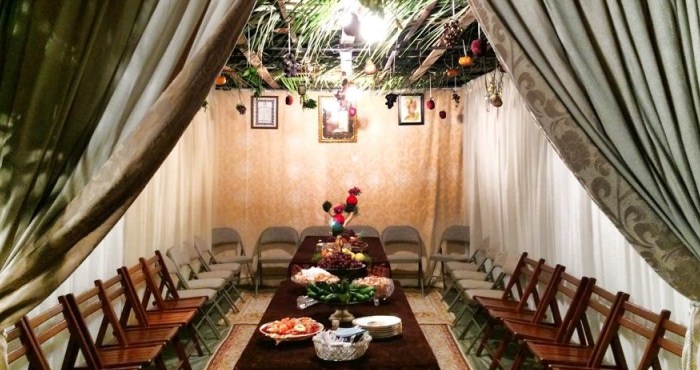
In our backyards, on our porches, and outside our synagogues, Jews mark the fall harvest by building sturdy—yet fragile—structures out of natural materials, symbolizing both human vulnerability and God’s protection. No harvest holiday is complete without its fertility symbols, and Sukkot—when we wave the lulav and etrog—is no exception. Welcome Jewish women from throughout the ages into your sukkah as ushpizot, honored guests. Enjoy the crisp autumn air as you decorate your sukkah, then spend time with friends and family, celebrating your blessings and committing to sharing your bounty with others.
Subscribe for the latest rituals, online learning opportunities, and unique Judaica finds from our store.